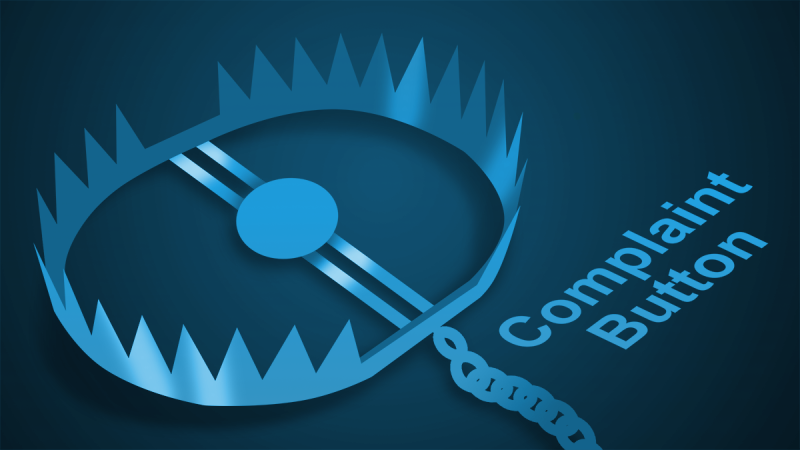Effective Auditing of Internal Complaint Processes

A complaint process audit evaluates the effectiveness of the reporting mechanisms and precautions so the organization can uphold applicable law. It can apply to complaints related to harassment, discrimination, and safety policies (such as child safety in an organization that works with children). An audit of these processes should do the following: review existing policy, identify vulnerabilities, and make necessary adjustments.
It may be wise to have your legal counsel involved, both to apply legal standards and to provide attorney-client privilege for the audit.
Review Existing Policy
To begin auditing the effectiveness of the complaint reporting mechanisms and precautions, review existing organizational policy. Does the policy meet current legal standards and recommended practices? How does the policy address confidentiality of internal investigations and their results? Does the policy provide guidance for handling complaints about off-duty conduct, historical allegations and other complexities? Is fair process addressed?
The policy should encourage and empower employees to come forward without fear of reprisal. Ways to strengthen policies can include expanding definitions of misconduct, adding more reporting channels, beefing up the investigation protocol, and detailing the range of remedial action that may be imposed for a violation.
Does the organization hold employees accountable for their bad behavior in a meaningful and proportional manner? If not, what changes to the workplace’s culture must be made to ensure this happens? Look for ways to find leadership buy-in to the policy and culture.
Identify Vulnerabilities
Next, employers should identify vulnerabilities by reviewing complaint data, both historical and current. Can the organization identify trends by geographic location, business unit, or job category? What has been the organization’s approach to investigating and responding to those complaints? Has the organization’s response stopped the offending behavior? Have employees gone outside the organization for assistance (for example filing a charge with the Equal Employment Opportunity Commission)? If so, what has been the agency’s response? These inquiries should be done with attorney-client privilege in place.
The organization may wish to consider conducting an anonymous employee survey to determine whether unreported and still-festering issues, rumors or open secrets negatively impact the company and pose continuing legal risks. These surveys might reveal information that is potentially damaging to the company. Privilege is particularly important here because the results could be subject to disclosure in the event of an EEOC charge or a lawsuit.
Make Adjustments
Finally, based on the results of the internal audit, the organization should make necessary or desired adjustments not only to existing policy and complaint-reporting procedure, but also to the content and frequency of training. All employees must be trained on the process. Leadership support should be in place before rolling out the updated policies or processes.
Conclusion
An internal review of an organization’s complaint process as well as policies is good business. For specific employment law questions related to auditing internal complaint processes, employers should reach out to experienced legal counsel.
_________________________________________
Featured Image by Rebecca Sidebotham.
Because of the generality of the information on this site, it may not apply to a given place, time, or set of facts. It is not intended to be legal advice, and should not be acted upon without specific legal advice based on particular situations
